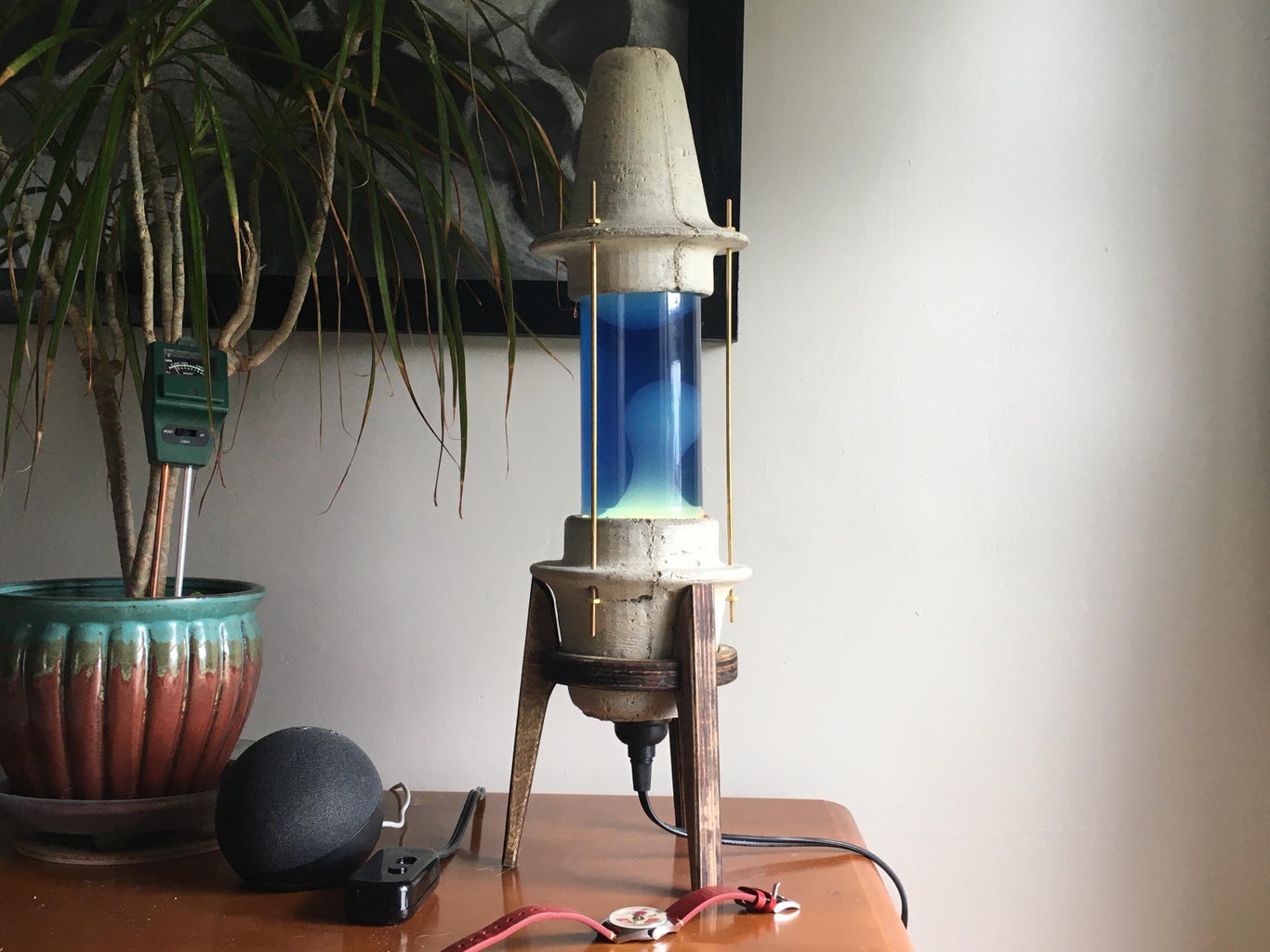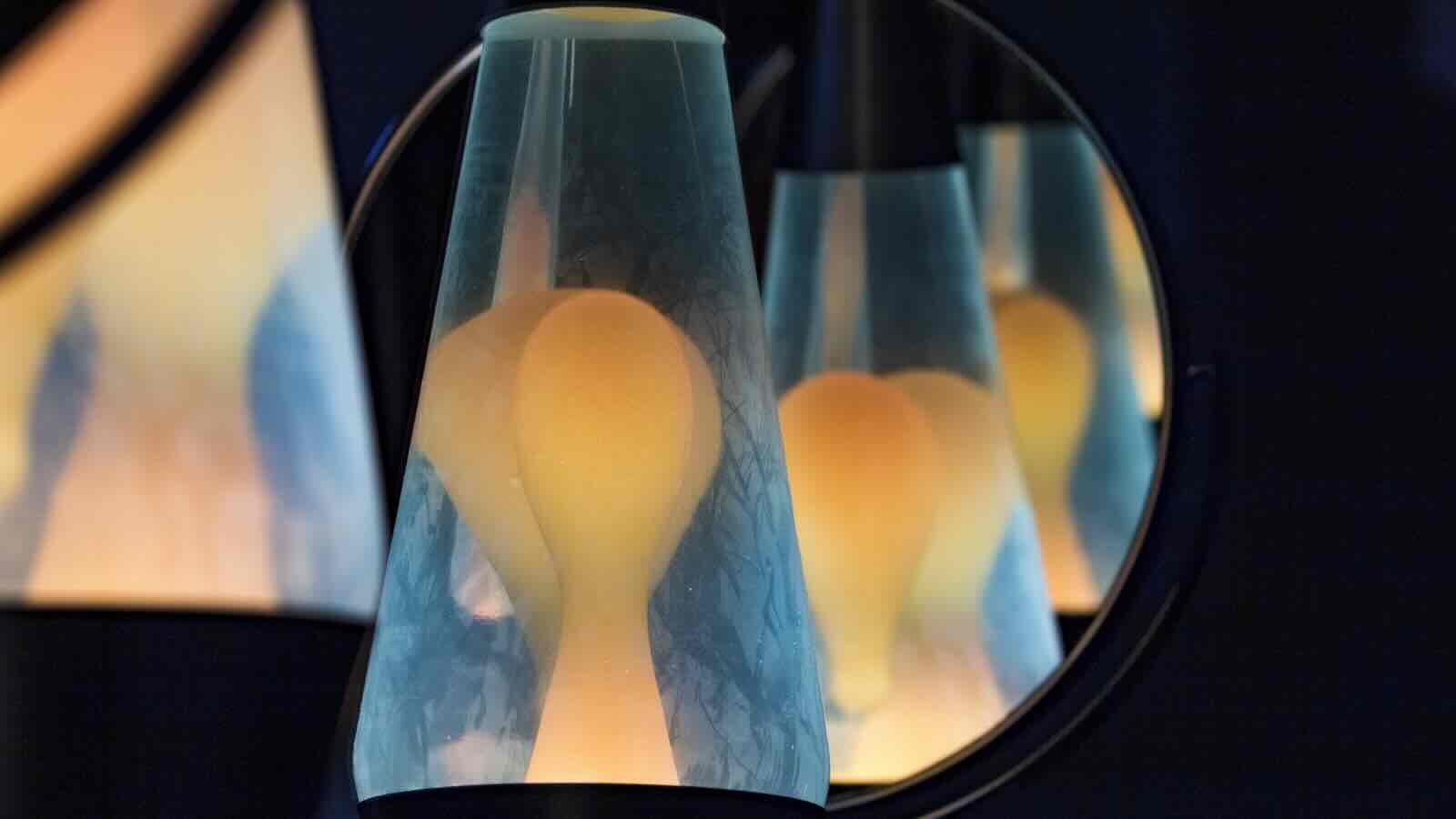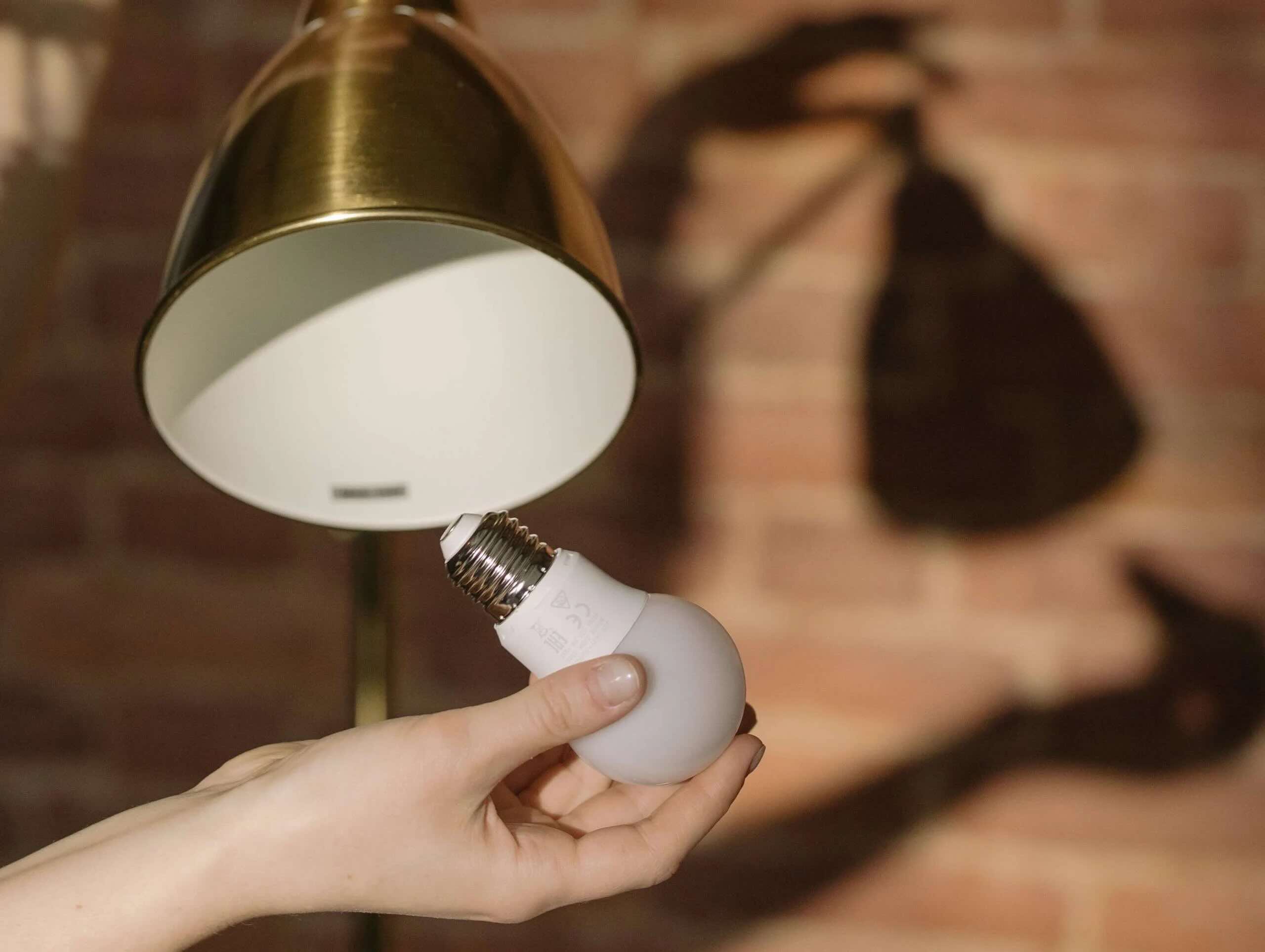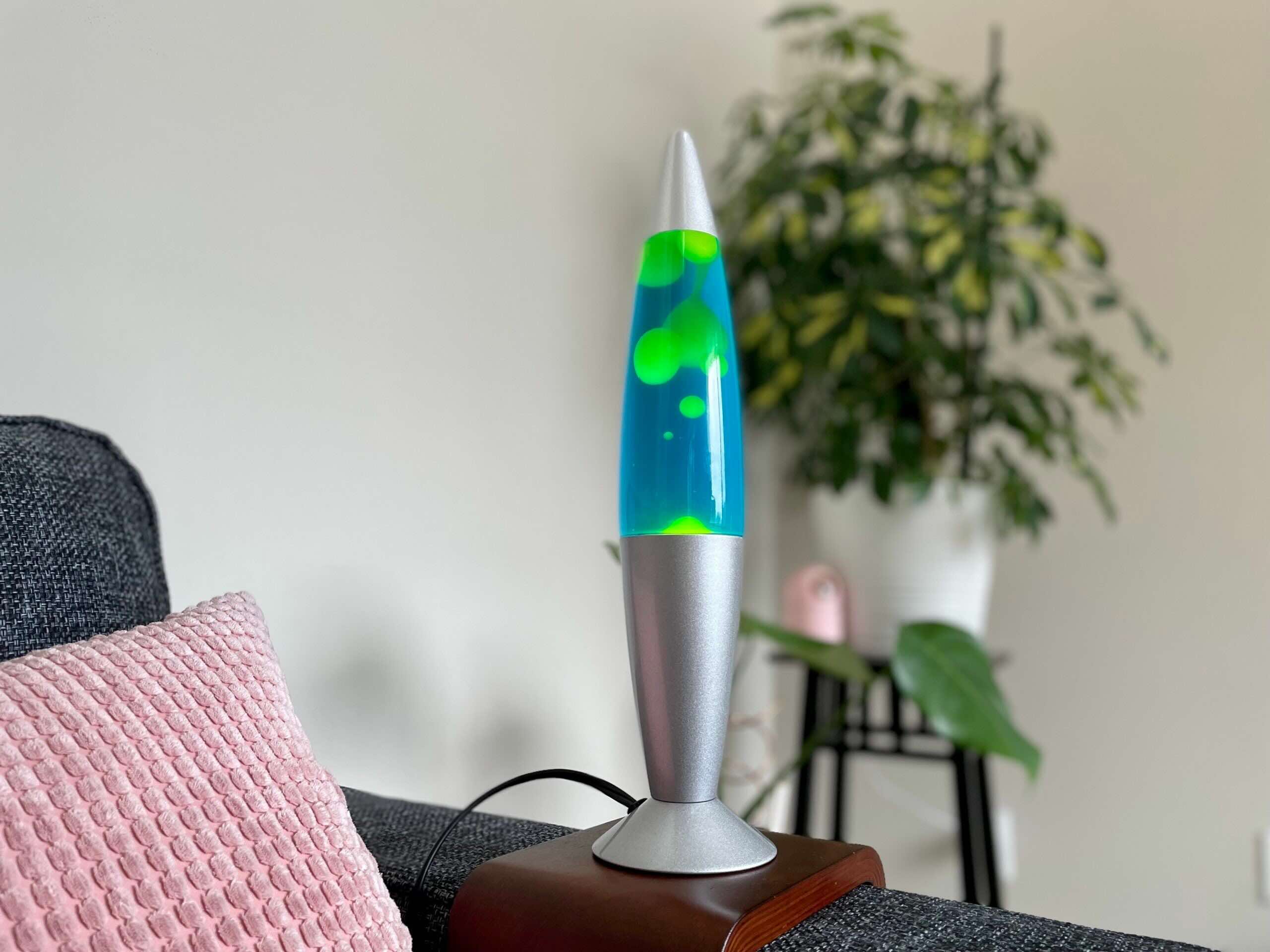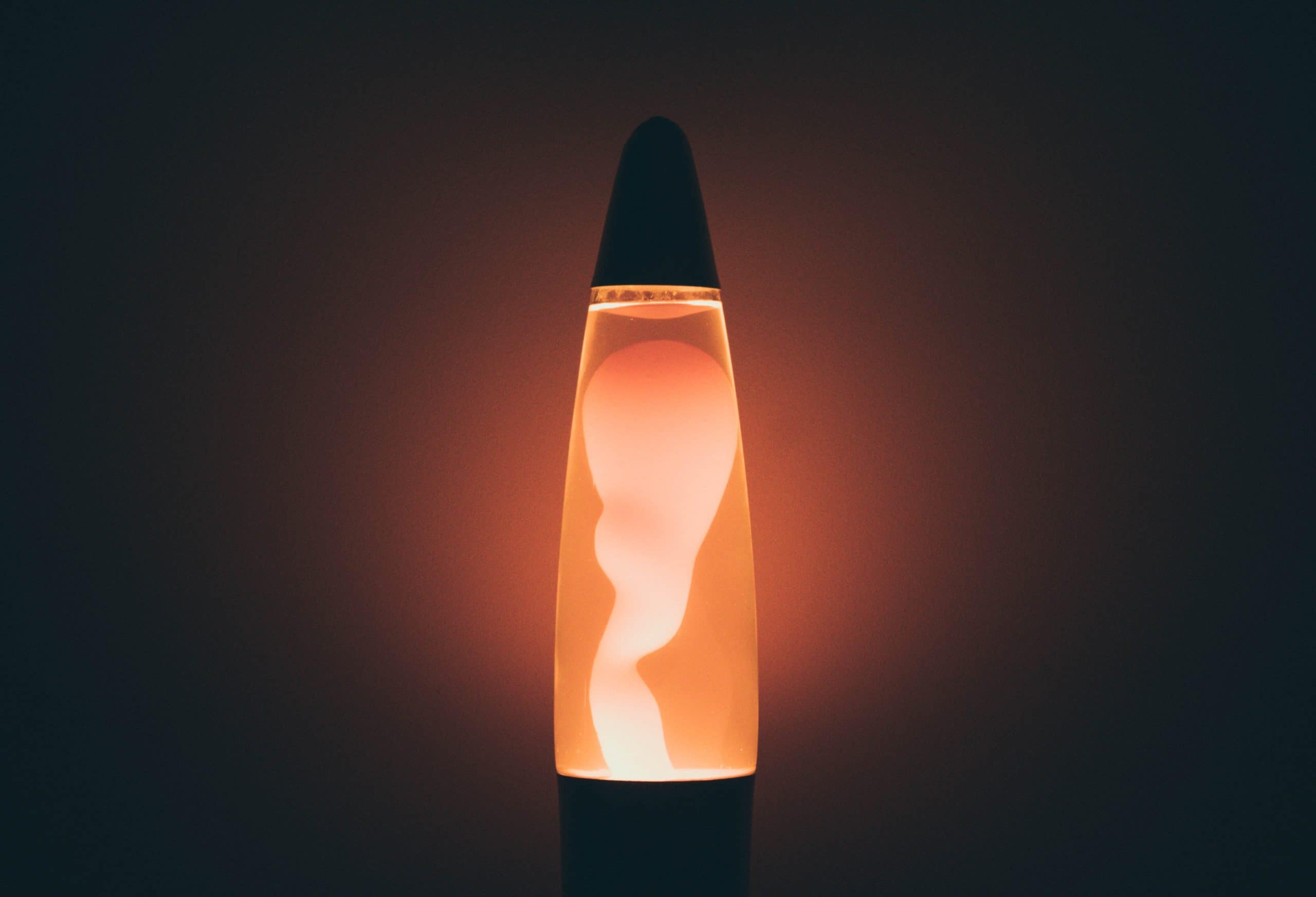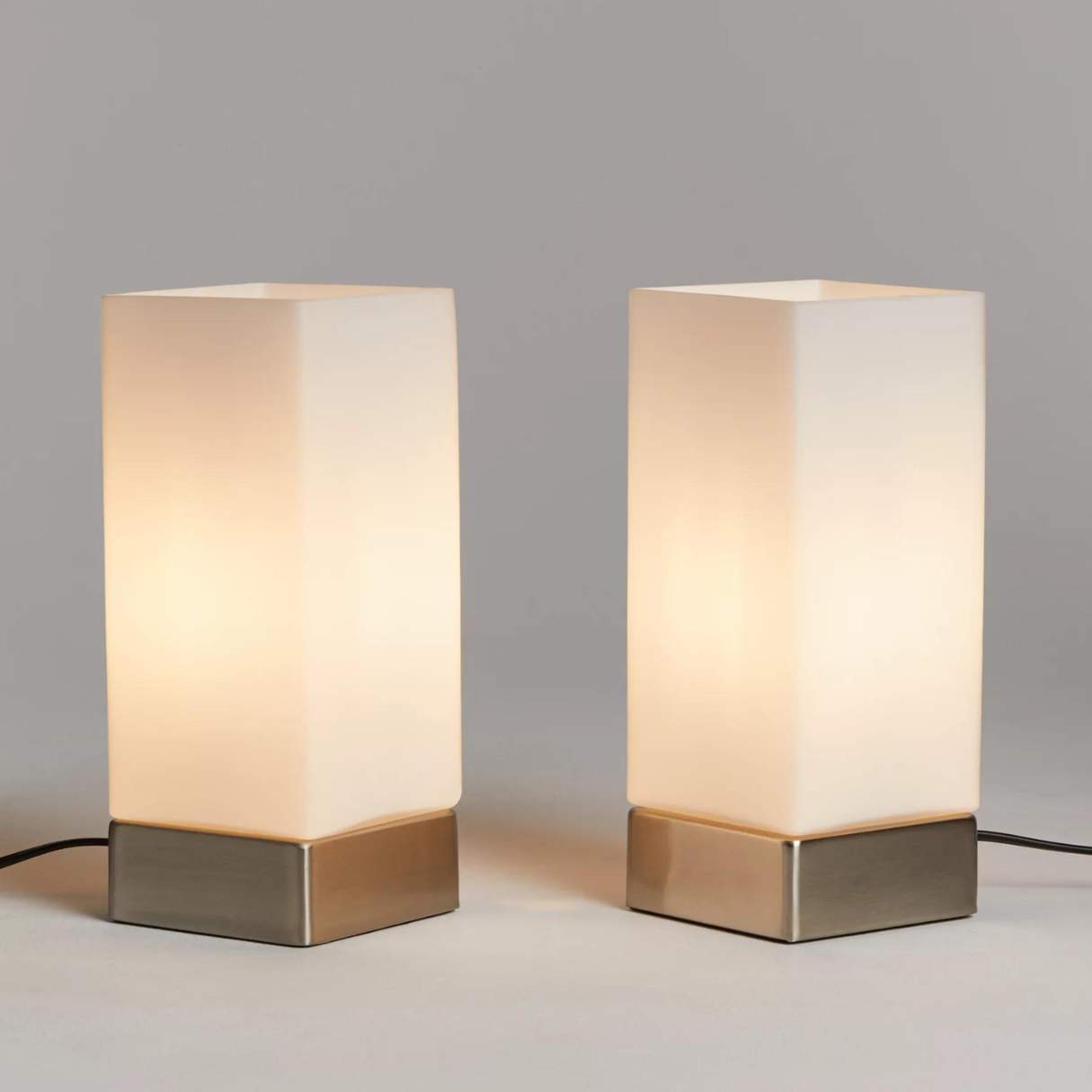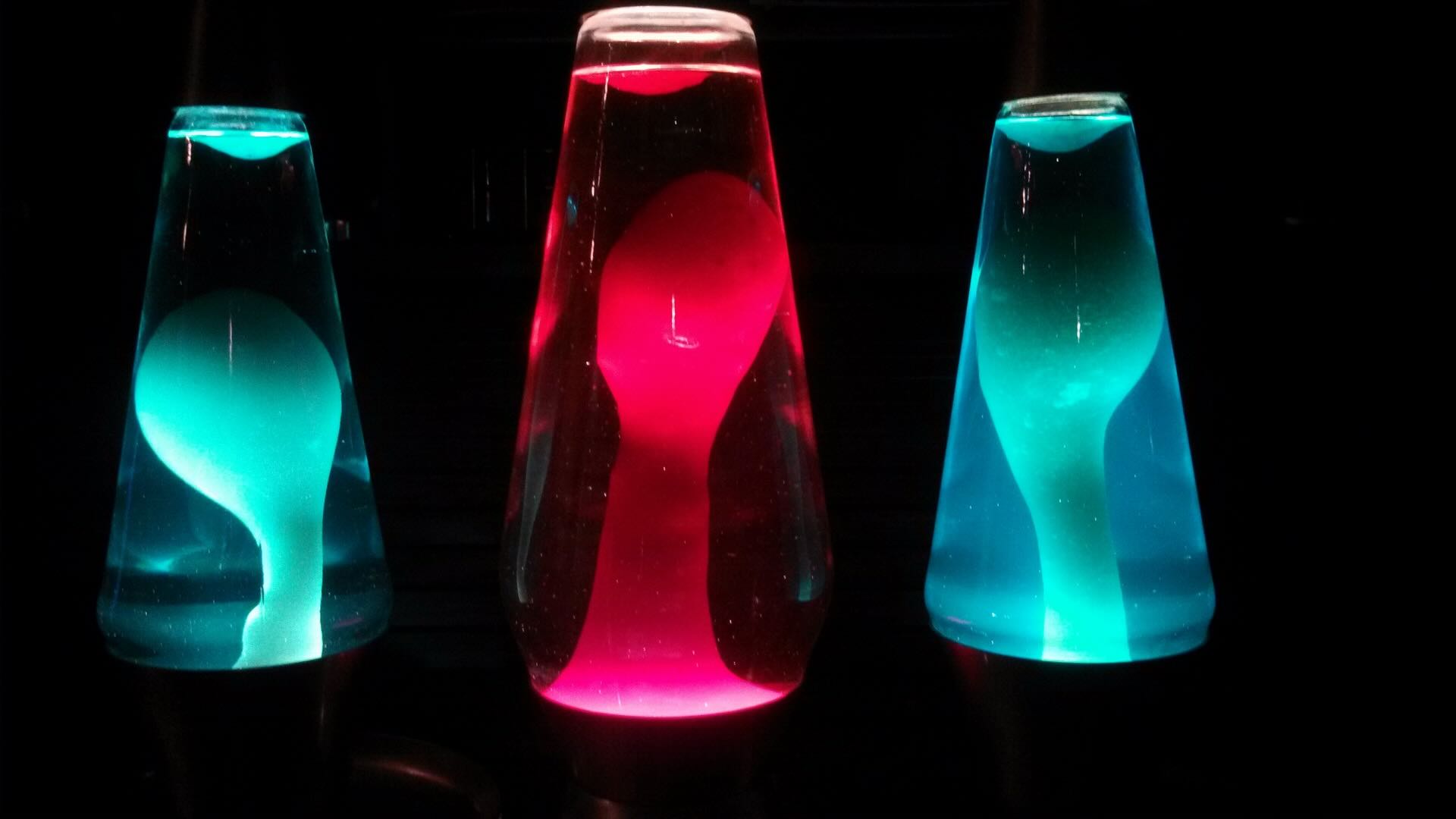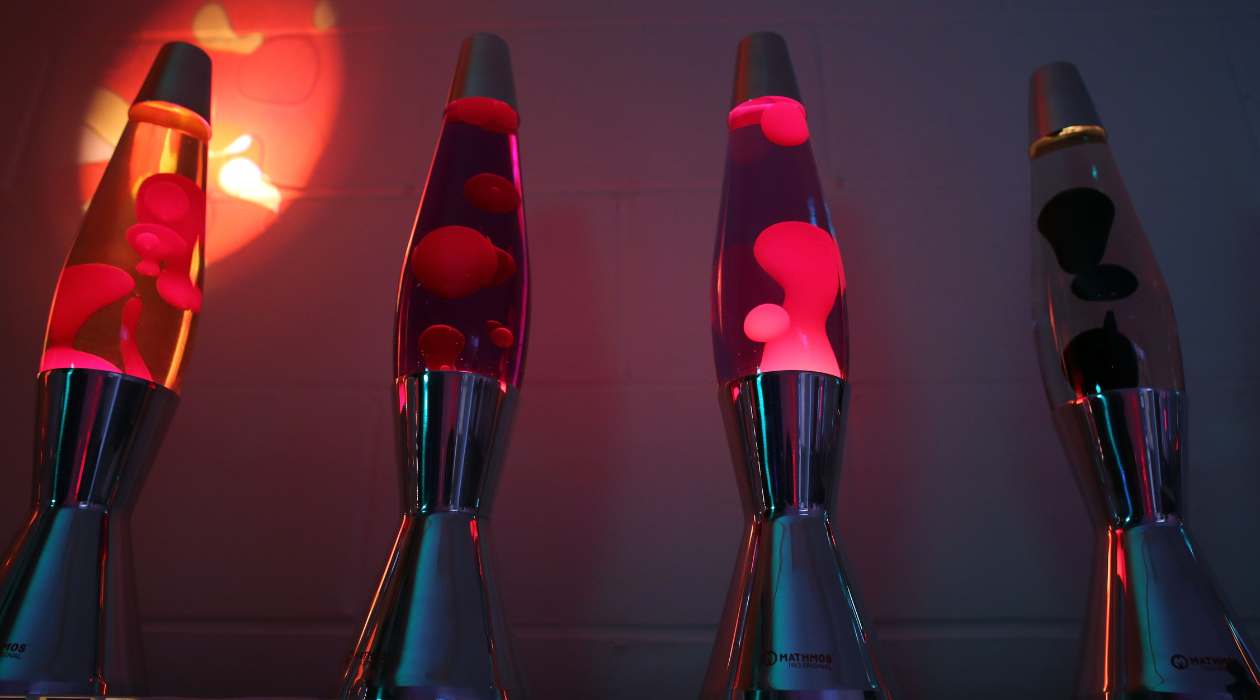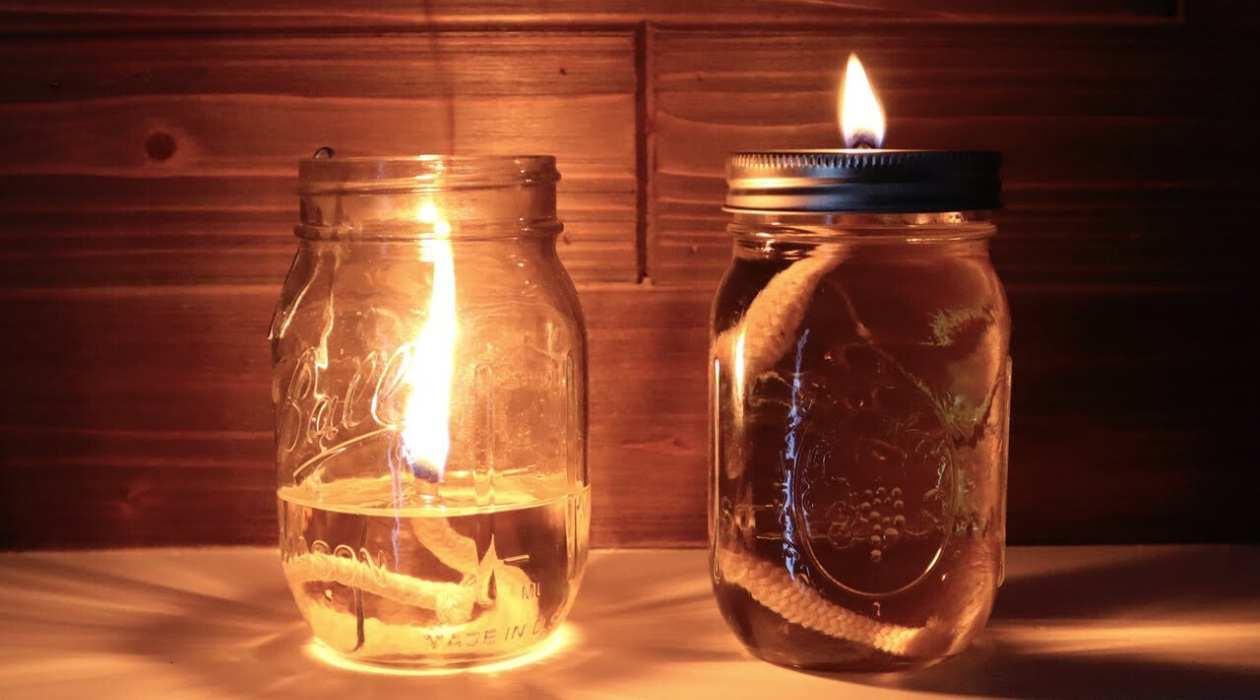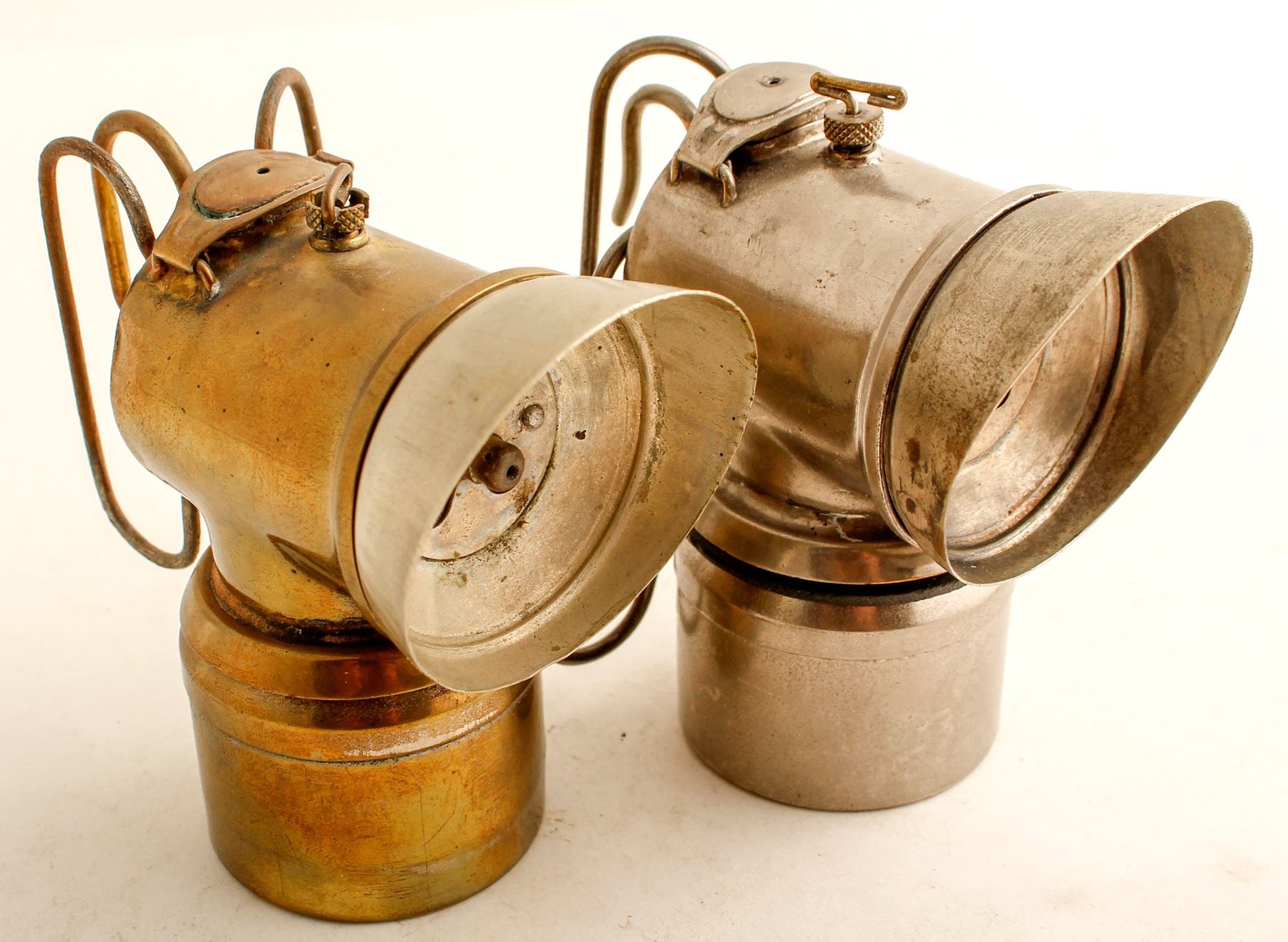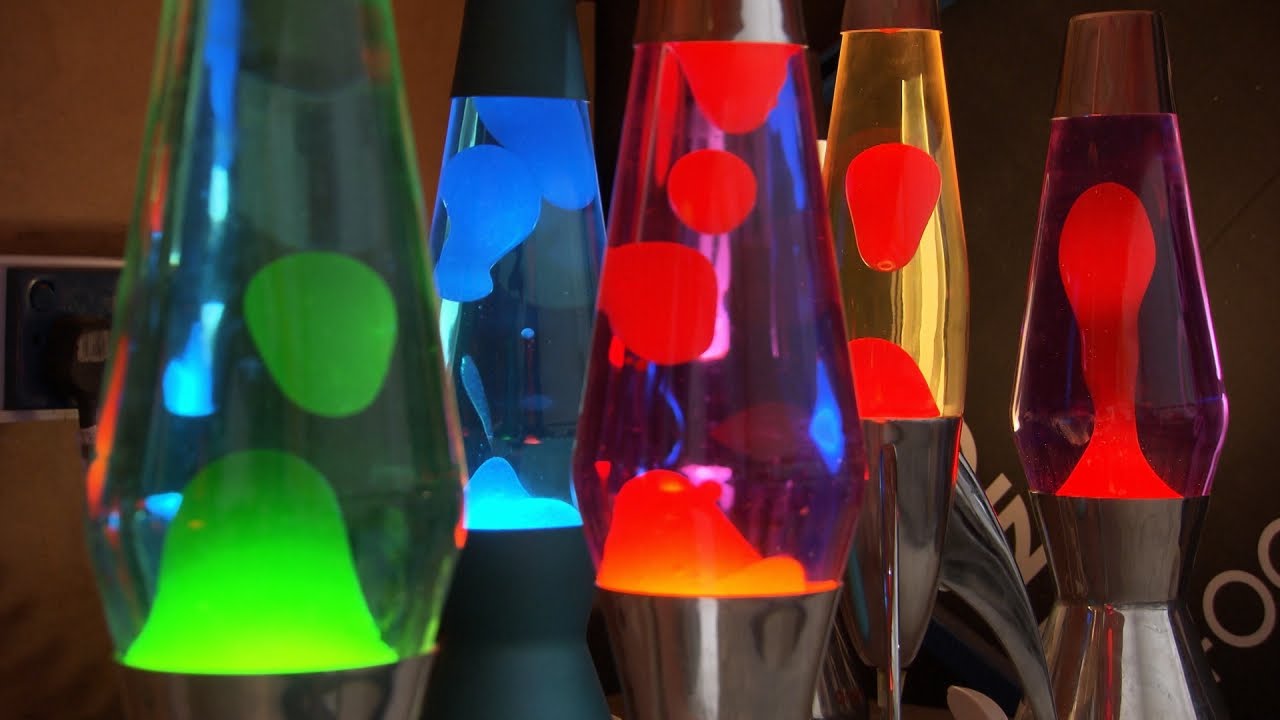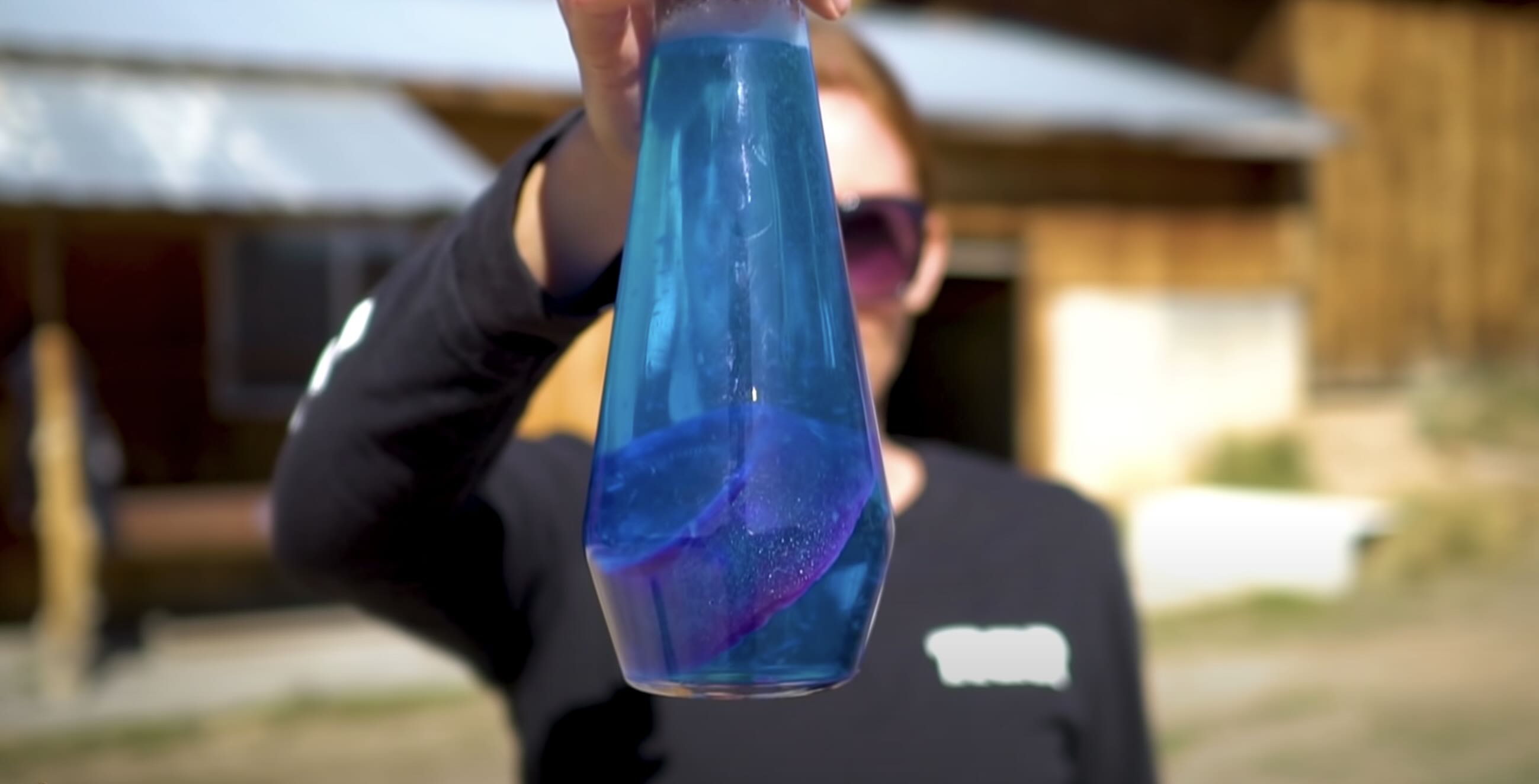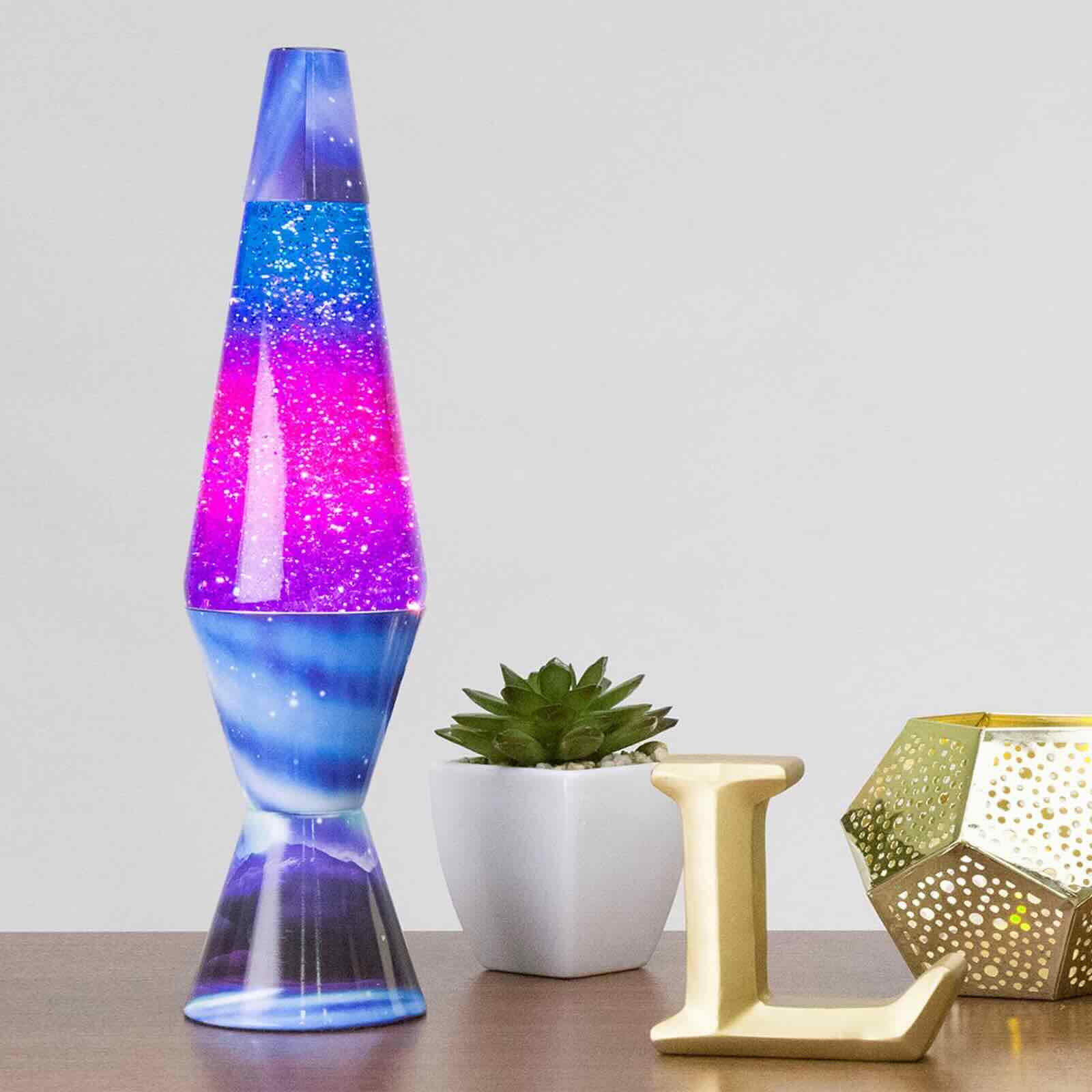

Furniture
How Does A Lava Lamp Work?
Modified: May 6, 2024
Discover the mesmerizing science behind lava lamps and bring a touch of retro charm to your furniture with this enlightening guide.
(Many of the links in this article redirect to a specific reviewed product. Your purchase of these products through affiliate links helps to generate commission for Storables.com, at no extra cost. Learn more)
Introduction
Welcome to the captivating world of lava lamps! These mesmerizing decorative pieces have been popular since the 1960s, creating a unique ambiance in homes, offices, and entertainment venues. Have you ever wondered how these magical lamps work? In this article, we will dive into the fascinating mechanics behind lava lamps, exploring their history, components, and the science that brings them to life.
Whether you’re a fan of retro decor or you simply appreciate the soothing and hypnotic motion of a lava lamp, understanding how they work adds a new level of appreciation for these iconic pieces. So, let’s embark on a journey to discover the inner workings of a lava lamp and uncover the secrets behind their mesmerizing display.
Key Takeaways:
- Lava lamps, with their mesmerizing flow and captivating colors, create a nostalgic and relaxing ambiance. Understanding their mechanics adds a new level of appreciation for these iconic decorative pieces.
- The interplay of heat, wax, and liquid creates the hypnotic motion in lava lamps. Troubleshooting common issues ensures a smooth and captivating display for years to come.
History of Lava Lamps
The history of lava lamps dates back to the 1960s when they experienced a surge in popularity. The original concept and design for lava lamps were created by Edward Craven Walker, a British inventor and entrepreneur. Inspired by an odd-looking egg timer he came across while on vacation, Walker saw the potential to transform it into a unique lighting fixture.
In 1963, Walker patented his design and founded the company Mathmos, which is still producing lava lamps to this day. Initially marketed as “Astro Lamps,” these innovative fixtures quickly gained popularity, becoming an iconic symbol of the counterculture and psychedelic movements of the era. They were featured in movies, television shows, and music videos, solidifying their place in pop culture history.
While lava lamps experienced a decline in popularity during the 1970s and 1980s, they made a comeback in the 1990s as a retro design trend. Today, they continue to captivate people of all ages with their unique blend of nostalgia and contemporary appeal.
Components of a Lava Lamp
To understand how a lava lamp works, it’s important to familiarize yourself with its key components. A typical lava lamp consists of three main parts: the heat source, the wax and liquid mixture, and the glass container.
The heat source, usually located at the base of the lamp, is responsible for generating the heat necessary to activate the motion in the lamp. This can be achieved through a variety of methods, including an incandescent light bulb or a halogen lamp. The heat source should be specifically designed for lava lamps to ensure a safe and optimal performance.
The wax and liquid mixture is the heart of the lava lamp. The wax used in lava lamps is typically a blend of paraffin or microcrystalline wax, while the liquid is a combination of water and a special formulation of chemicals that help create the desired consistency and flow. The type and ratio of these ingredients play a crucial role in determining the flow and behavior of the lava lamp.
The glass container, which forms the outer shell of the lava lamp, is where the magic happens. The glass should be transparent or translucent to allow the mesmerizing motion of the wax and liquid to be visible. The shape and size of the container can vary, ranging from classic teardrop designs to more unconventional and artistic shapes.
In addition to these main components, lava lamps may also include features such as decorative bases, color-changing LEDs, and custom designs. These elements add a touch of personalization and uniqueness to each lava lamp, making them both functional and visually appealing decorative pieces.
The Heat Source
The heat source in a lava lamp is a crucial component that initiates the mesmerizing motion of the wax and liquid mixture. The most common heat source used in lava lamps is an incandescent light bulb or a halogen lamp, specifically designed for this purpose.
The heat source is typically located at the base of the lamp, directly beneath the glass container. When the lamp is turned on, the heat emitted by the bulb gradually warms up the surrounding air and transfers that heat to the liquid and wax mixture.
It is essential to choose the right wattage bulb for your lava lamp, as it directly affects the performance and behavior of the wax. Higher wattage bulbs generate more heat, resulting in faster and more active lava flow. On the other hand, lower wattage bulbs produce gentler and slower flows. The recommended wattage for most lava lamps is usually mentioned by the manufacturer.
The heat source plays a crucial role in maintaining the temperature of the wax and liquid mixture. If the temperature is too low, the wax will not melt completely, hindering the flow. Conversely, if the temperature is too high, the wax may become too fluid, resulting in rapid and chaotic motion. Achieving the perfect balance is key to obtaining the classic lava lamp effect.
It’s important to note that the heat source should be positioned at a safe distance from the glass container and any other flammable materials, as the bulb can become hot during operation. Always follow the manufacturer’s instructions and precautions to ensure proper usage and prevent any risk of fire or overheating.
By understanding how the heat source affects the wax and liquid mixture, you can adjust the bulb wattage and monitor the temperature to achieve the desired flow and motion in your lava lamp.
The Wax and Liquid Mixture
The wax and liquid mixture is the heart and soul of a lava lamp. It is this combination that creates the mesmerizing flow and motion that lava lamps are renowned for. Understanding the properties of the wax and liquid mixture is essential in appreciating how a lava lamp works.
The wax used in lava lamps is typically a blend of paraffin or microcrystalline wax. This type of wax has a high melting point, which allows it to transform into a liquid state when heated by the lamp’s heat source. The wax is chosen specifically for its ability to melt and solidify repeatedly without degrading or losing its quality.
The liquid component of the mixture is usually a combination of water and a special proprietary formula of chemicals. The exact composition of this formula varies among different lava lamp brands to achieve the desired flow and viscosity. The chemicals used help create a balance between the density of the liquid and the wax, influencing the movement and behavior of the flowing wax.
When the lava lamp is switched on and the heat source warms the wax and liquid mixture, the wax begins to melt and rise to the top of the lamp. As it reaches the cooler surface, it gradually solidifies and sinks back down. This continuous cycle of melting and solidifying creates the mesmerizing flow and motion within the lamp.
The flow and behavior of the wax can vary depending on the temperature of the heat source and the composition of the wax and liquid mixture. Higher temperatures tend to create more active and vigorous flows, while lower temperatures result in slower and more tranquil movements.
The color of the wax and liquid mixture also contributes to the visual appeal of the lava lamp. Different dyes or pigments are added to the liquid to create the desired colors. These colors can range from vibrant and bold hues to more subtle and calming tones, allowing for a variety of visual experiences.
Experimenting with different wax and liquid combinations and observing their effects on the flow and color can add an element of customization to your lava lamp. It’s all about finding the perfect balance to create a captivating visual display.
The lava lamp works by heating up the wax inside the lamp, causing it to become less dense and rise to the top. As it cools, the wax becomes denser and sinks back down, creating the mesmerizing lava lamp effect.
Read more: How Does A Homemade Lava Lamp Work?
The Motion and Flow
The mesmerizing motion and flow of a lava lamp are what make it so captivating to watch. The unique combination of heat, wax, and liquid creates this hypnotic display.
As the heat source at the bottom of the lamp warms up the wax and liquid mixture, the melted wax begins to rise to the top of the lamp. This is because the heated wax becomes less dense than the surrounding liquid, causing it to float upwards. As it reaches the cooler top surface, the wax begins to cool and solidify.
Once the wax solidifies, it becomes denser than the liquid and starts to sink back down. This continuous cycle of rising and sinking creates the characteristic lava lamp motion. The movement is slow and deliberate, creating a calming and relaxing visual experience.
The size and shape of the wax blobs also contribute to the flow and motion within the lava lamp. Larger blobs tend to rise more slowly, creating slower movements, while smaller blobs move more quickly. Additionally, the shape of the glass container can influence the flow patterns by creating different pathways for the wax and liquid to travel.
The motion of the wax blobs can vary from gentle, flowing waves to more sporadic and unpredictable movements, depending on factors such as the lamp’s temperature, the composition of the wax and liquid mixture, and the viscosity of the liquid.
It’s important to note that the motion and flow of a lava lamp can take some time to fully develop. It may take up to an hour for the wax and liquid mixture to reach the optimal temperature and achieve the desired motion. Therefore, it’s recommended to leave the lamp on for an extended period to allow the flow to establish itself.
The mesmerizing motion of a lava lamp adds an artistic and dynamic element to any space. Whether it’s a gentle and soothing flow or an active and vibrant display, the motion of the wax creates a visually captivating experience that can help create a relaxing and ambience-filled environment.
The Role of Heat and Convection
Heat and convection play crucial roles in the functioning of a lava lamp. Understanding these principles helps us comprehend the mechanics behind the mesmerizing flow and motion within the lamp.
When the heat source, such as an incandescent light bulb, warms the wax and liquid mixture, it causes the wax to melt and rise. This is due to the principle of thermal expansion, where substances expand when heated. As the wax near the heat source becomes hotter, it becomes less dense and rises to the top of the lamp.
Once the wax reaches the top, it moves further away from the heat source and begins to cool. As a result, the wax becomes denser and starts to sink back down. This continuous cycle of heating, rising, cooling, and sinking is driven by the process of convection.
Convection refers to the transfer of heat through the movement of fluids, such as liquid or gas. In the case of a lava lamp, the heat source generates convection currents within the liquid and wax mixture. As the wax rises, it carries heat energy with it. This heat energy dissipates into the surrounding liquid, causing the wax to cool and solidify. The cooler wax then sinks back down, only to be heated once again by the heat source, creating a cycle of convection.
The convection currents within the lava lamp are responsible for the continuous motion and flow of the wax. As the melted wax rises, it displaces the cooler and denser wax, pushing it downward. This cyclical movement allows the wax to create intriguing patterns and shapes as it flows through the lamp.
The temperature of the heat source and the composition of the wax and liquid mixture greatly influence the strength and speed of the convection currents. Higher temperatures create more vigorous movements, while lower temperatures result in slower and more tranquil flows.
Understanding the role of heat and convection helps us appreciate the intricate processes that go into the captivating motion of a lava lamp. The combination of these principles creates a visually mesmerizing display and adds an element of fascination to any space.
How Colors and Designs are Created
The colors and designs in a lava lamp are an integral part of its aesthetic appeal. They add vibrancy and visual interest to the mesmerizing flow and motion of the lamp. Let’s explore how colors and designs are created in lava lamps.
Lava lamps typically feature colored wax and liquid combinations that create stunning visual effects. These colors are achieved through the use of dyes or pigments that are added to the liquid. The type and amount of dye or pigment used determine the intensity and shade of the color.
The liquid in a lava lamp acts as a medium for the dye or pigment, allowing it to dissolve and disperse throughout. As the wax rises and falls within the lamp, it carries the colored liquid with it, creating beautiful swirls and patterns. The interaction between the colored wax and the surrounding liquid results in stunning color combinations and unique designs.
Manufacturers often offer a variety of color options, ranging from bold and vibrant hues to more subtle and calming tones. This allows consumers to choose a lava lamp that matches their personal style and complements the decor of their space.
In addition to different colors, lava lamps can also feature unique designs. Some lamps have glitter or metallic flakes suspended in the liquid, adding an element of sparkle and glamour. Others may have specialized patterns or graphics imprinted on the glass container, creating a striking visual display when combined with the flowing wax.
The designs and patterns in a lava lamp can be further influenced by factors such as the shape of the glass container, the size of the wax blobs, and the speed at which they move. The combination of these elements contributes to the overall aesthetic and visual experience of the lava lamp.
It’s important to note that the colors and designs in a lava lamp can vary and evolve over time as the lamp heats up and the wax and liquid mixture undergoes continuous cycles of melting and solidifying. This dynamic nature adds an element of surprise and ever-changing beauty to the lamp’s appearance.
Whether you prefer bold and vibrant colors or more subtle and calming tones, lava lamps offer an array of options to suit various tastes and preferences. The dynamic interplay between colors and designs enhances the visual impact of the flowing wax, creating a captivating and mesmerizing display.
Common Issues and Troubleshooting
While lava lamps are generally reliable and captivating decorative pieces, there can be a few common issues that may arise during their use. Here are some troubleshooting tips to help address these issues:
1. Lava lamp not flowing: If the wax in your lava lamp isn’t flowing, it may be due to a few reasons. First, ensure that the lamp has been turned on for a sufficient amount of time to allow the wax to heat up and melt. It can take up to an hour for the flow to establish. If the lamp has been on for a while and the wax still isn’t flowing, check the temperature of the heat source. If it’s too low, the wax may not be heating up enough. Consider using a higher wattage bulb to generate more heat. Additionally, make sure that the lamp is placed on a level and stable surface to ensure proper flow.
2. Cloudy or hazy liquid: Over time, the liquid in a lava lamp may become cloudy or hazy. This can happen due to the buildup of impurities or residue. To address this issue, you can try gently stirring the liquid to disperse the particles. If that doesn’t work, carefully remove the cap and filter the liquid through a coffee filter or a fine mesh strainer to remove any debris. Once filtered, pour the liquid back into the lamp and see if the clarity improves.
3. Wax sticking to the glass: Sometimes, the wax in a lava lamp can stick to the glass container, hindering its flow. To resolve this, you can gently swirl the lamp while it’s turned off to dislodge any stuck wax. You can also try adjusting the lamp’s temperature by using a lower wattage bulb to reduce the stickiness. If the issue persists, you may need to clean the glass container. Allow the lamp to cool completely, then carefully remove the cap and wipe down the glass with a soft cloth or mild glass cleaner.
4. Bulb replacement: If the heat source in your lava lamp stops working, you may need to replace the bulb. Make sure to use a bulb with the recommended wattage for your specific lava lamp model. Follow the manufacturer’s instructions for bulb replacement and ensure that the lamp is disconnected from the power source before making any changes.
5. Safety precautions: It’s important to adhere to safety precautions when using a lava lamp. Avoid shaking the lamp or moving it while the wax is hot, as it can disrupt the flow and potentially cause damage. Keep the lamp away from flammable materials and ensure that the heat source is positioned at a safe distance from the glass container. Always follow the manufacturer’s guidelines for usage and maintenance.
By troubleshooting these common issues, you can ensure the smooth functioning and longevity of your lava lamp, allowing you to continue enjoying its captivating display.
Read more: Why Isn’t My Lava Lamp Working?
Conclusion
Lava lamps have a timeless appeal that continues to captivate people of all ages. These mesmerizing decorative pieces bring an element of nostalgia, relaxation, and visual intrigue to any space. Understanding the inner workings of a lava lamp adds a new level of appreciation for their unique beauty.
From the history of lava lamps to the components that make them function, we have explored the fascinating world behind these iconic creations. The heat source, wax and liquid mixture, and the role of heat and convection all come together to create the hypnotic flow and motion that enchants us.
We have also delved into the artistry behind colors and designs in lava lamps, how they are created and how they contribute to the visual appeal of these captivating fixtures. The interplay between the heated wax and the colored liquid creates stunning visual displays that can be customized to suit individual tastes.
Like any other device, lava lamps may encounter common issues, but armed with troubleshooting tips, these challenges can be easily overcome. By understanding how to address concerns such as flow disruptions, cloudy liquid, or sticky wax, you can keep your lava lamp functioning at its best for years to come.
In conclusion, lava lamps are more than just decorative pieces. They are works of art that combine science, aesthetics, and relaxation. Whether you appreciate the soothing motion, the vibrant colors, or the nostalgic vibe they evoke, lava lamps have a way of captivating us and adding a touch of enchantment to our surroundings.
So, the next time you switch on your lava lamp and watch as the wax gracefully cascades and undulates, take a moment to appreciate the marvel behind its mechanics. Let the gentle flow transport you to a state of tranquility as you bask in the mesmerizing beauty of this iconic lighting fixture.
Now that you've uncovered how lava lamps light up any room with their groovy glow, why not check out some of the best models for the upcoming year? Our next article features an array of stunning lava lamps that promise to add a splash of color and motion to your decor. Whether you're looking to spruce up your living space or find a funky gift, you'll find plenty of inspiration in our carefully curated selection. Don't miss out on finding your perfect lava lamp.
Frequently Asked Questions about How Does A Lava Lamp Work?
Was this page helpful?
At Storables.com, we guarantee accurate and reliable information. Our content, validated by Expert Board Contributors, is crafted following stringent Editorial Policies. We're committed to providing you with well-researched, expert-backed insights for all your informational needs.
